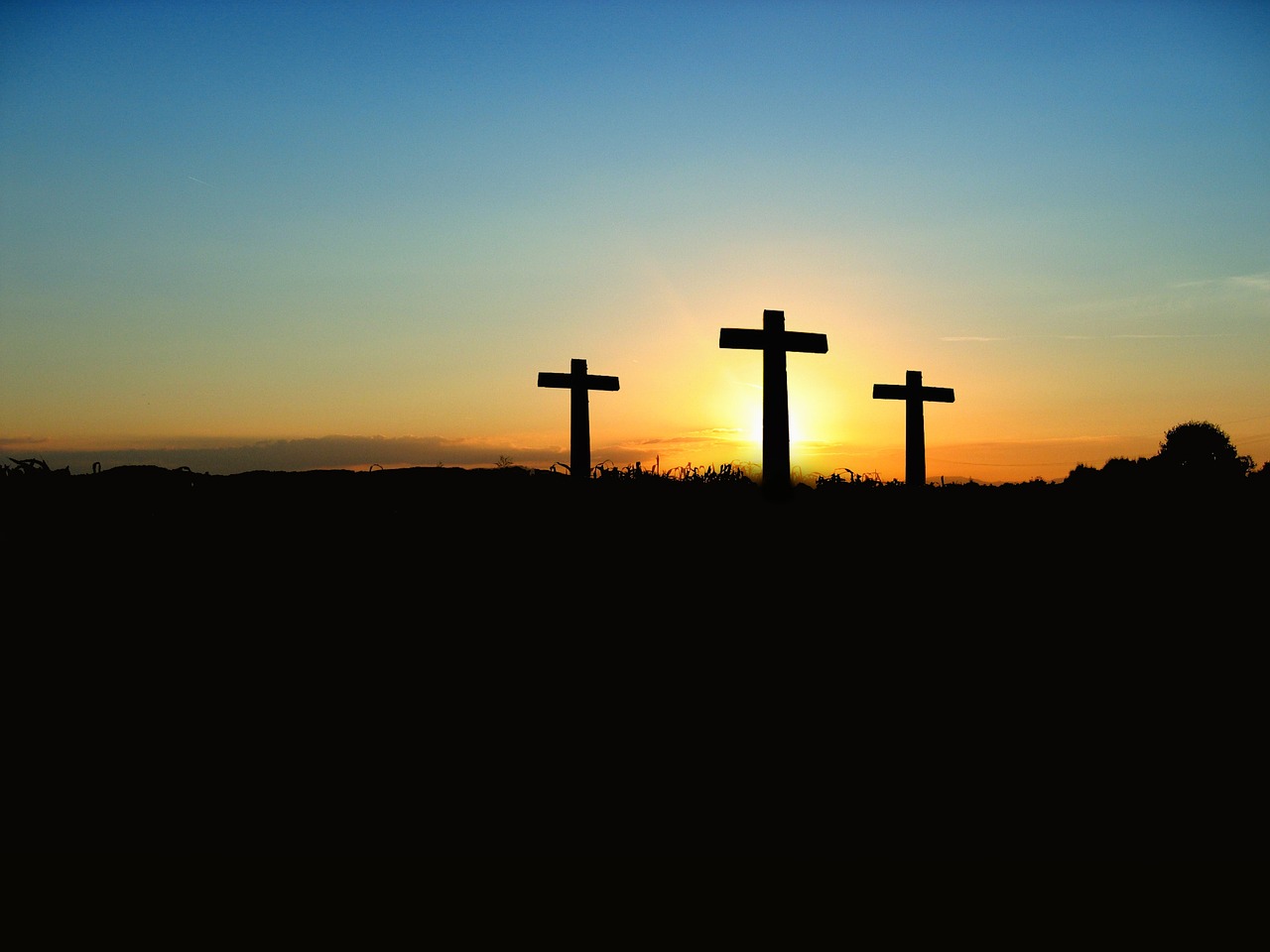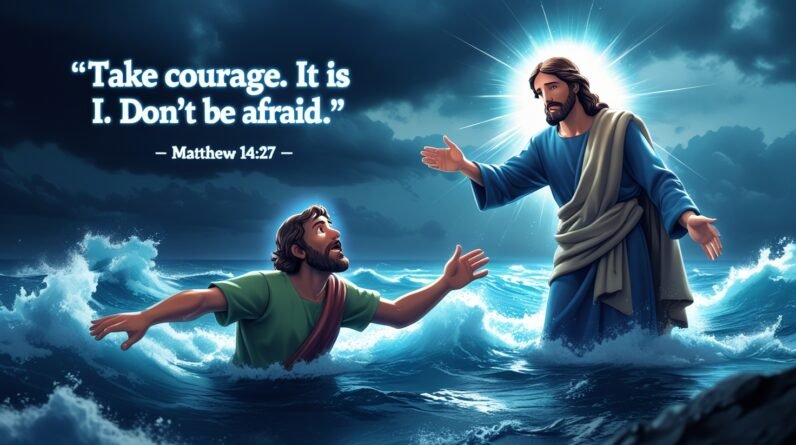“The Story of Easter: Jesus as the Son of God and Savior of the World” is a captivating video that tells the tale of Easter, focusing on the significant role of Jesus as the Son of God and Savior. Throughout his time on Earth, Jesus taught about God’s love, performed miraculous healings, and even calmed storms. The video highlights his triumphant entry into Jerusalem on a donkey, his arrest and crucifixion, and his ultimate resurrection, as well as his promise to send the Holy Spirit and his instructions to spread the good news. Saddleback Kids’ video provides a captivating and kid-friendly retelling of this important biblical story, bringing the events of Holy Week to life for children.
In this delightful video, the story of Easter unfolds with catchy music and vibrant illustrations. It begins by introducing Jesus as the Son of God and the savior of the world, highlighting his teachings, miracles, and profound love for humanity. The video then depicts Jesus riding into Jerusalem on a donkey, fulfilling prophecies, followed by the tense plot against him by religious leaders and his betrayal by Judas. It goes on to show the Passover meal Jesus shared with his disciples, the events leading to his crucifixion, and his triumphant resurrection. The video concludes with Jesus ascending to heaven, as he promises to be with his followers always. The Story of Easter for Kids is a captivating and educational resource that brings the powerful message of Easter to young viewers.

The Life and Teachings of Jesus
Jesus as the Son of God:
Jesus, the Son of God, is the central figure in the story of Easter. As the Son of God, he possesses divine qualities and is believed to be the savior of the world. Throughout his time on Earth, Jesus taught about God’s love for humanity, healed people from their illnesses, and performed miracles that demonstrated his power and authority. His divine nature and teachings set the foundation for the events that unfolded during Holy Week.
Jesus’ Ministry of Love and Miracles:
During his ministry, Jesus dedicated his life to spreading love and compassion. He showed kindness to the poor, the sick, and the outcasts of society. Jesus performed countless miracles that showcased his power and ability to bring healing and restoration to people’s lives. From calming storms to raising the dead, Jesus exemplified his divine authority and love for humanity through his miraculous deeds.
The Triumphal Entry into Jerusalem
Fulfilling Prophecies:
The story of Easter reaches a pivotal moment when Jesus enters Jerusalem. This event holds great significance as it fulfills prophecies made centuries before regarding the coming of the Messiah. Jesus’ arrival in Jerusalem rode on a donkey, just as it was foretold in the writings of the prophets. His triumphal entry signifies the fulfillment of God’s plan and the recognition of Jesus as the long-awaited Savior.
The Significance of Riding on a Donkey:
The choice of riding on a donkey holds symbolic meaning in Jesus’ entry into Jerusalem. In ancient times, riding on a donkey symbolized royalty and peace. By deliberately choosing a donkey, Jesus displayed his humility and his mission to bring peace to the world. This act demonstrated Jesus’ role as the Prince of Peace, who came to establish God’s Kingdom on Earth.
The Betrayal and Arrest of Jesus
The Plot Against Jesus:
As Jesus continued to gain recognition and support among the people, the religious leaders grew increasingly threatened by his teachings and influence. They conspired against Jesus, seeking to find a way to arrest him and put an end to his ministry. Their plot was fueled by jealousy, fear, and a desire to maintain their own power and authority.
Judas’ Betrayal:
One of Jesus’ closest disciples, Judas Iscariot, agreed to betray him. He made a deal with the religious leaders, agreeing to hand Jesus over to them in exchange for money. Judas’ act of betrayal remains a significant moment in the story of Easter, representing the depths of human weakness and the power of temptation. Despite this betrayal, Jesus’ love and forgiveness were unshakeable.
The Last Supper and the Introduction of Communion
The Passover Meal:
The Last Supper was a significant event in the story of Easter. Jesus and his disciples gathered to celebrate the Passover meal, a tradition established by God during the time of Moses. The Passover commemorates the liberation of the Israelites from slavery in Egypt. Through the Passover meal, Jesus connected his sacrifice to the symbolism of the Passover lamb, foretelling his upcoming sacrifice for the salvation of humanity.
The Institution of Communion:
During the Last Supper, Jesus introduced the sacrament of communion. He took bread, gave thanks, and told his disciples that it represented his body, which would be broken for them. He then took a cup of wine, gave thanks, and said that it represented his blood, which would be shed for the forgiveness of sins. Jesus instructed his disciples to continue this act of communion in remembrance of him, emphasizing the importance of unity and the ongoing presence of his sacrifice.

The Trial and Crucifixion of Jesus
Presented Before the High Council:
Jesus was taken before the High Council, where he was questioned about his teachings and claims to be the Messiah. The religious leaders sought to find evidence against him, but their attempts were met with Jesus’ unwavering commitment to God’s truth. Despite the false accusations and unjust actions of the council, Jesus remained steadfast in fulfilling his mission.
Condemned by Pilate:
The religious leaders brought Jesus before Pilate, the Roman governor, seeking his approval for Jesus’ execution. Pilate found no guilt in Jesus and attempted to release him. However, under pressure from the crowd and the religious leaders, Pilate succumbed to their demands and sentenced Jesus to death by crucifixion. This act of crucifixion was a brutal and torturous form of execution reserved for the most heinous of criminals.
The Crucifixion and Death:
Jesus was beaten, mocked, and forced to carry his own cross to the place of his execution, known as Golgotha or the Skull. He was nailed to the cross, and as he hung there, he endured immense physical pain and suffering. Jesus’ crucifixion was a profound act of sacrificial love, as he willingly gave his life to redeem humanity from sin and offer salvation to all who would believe in him.
The Symbolism of Jesus’ Death and Resurrection
The Torn Curtain in the Temple:
Immediately following Jesus’ death, something extraordinary happened in the temple. The curtain that separated the Holy of Holies, the most sacred space, from the rest of the temple was torn in two from top to bottom. This event symbolized the removal of the barrier between God and humanity. Jesus’ death served as the ultimate sacrifice, providing direct access to God for all believers.
The Resurrection of Jesus:
Three days after his crucifixion, Jesus rose from the dead, fulfilling the prophecies and declaring victory over sin and death. The resurrection is a central event in the story of Easter, as it demonstrates Jesus’ power over death and confirms his identity as the Son of God. The resurrection also offers hope and assurance of eternal life to all who believe in Jesus.

The Empty Tomb and Post-Resurrection Appearances
The Discovery of the Empty Tomb:
Early on the third day, women who had been faithful followers of Jesus went to his tomb to anoint his body with spices. To their astonishment, they found the tomb empty. An angel appeared to them, declaring that Jesus had risen, just as he had foretold. The empty tomb serves as powerful evidence of Jesus’ resurrection and his triumph over death.
Jesus’ Appearances to His Disciples:
Following his resurrection, Jesus appeared to his disciples, giving them tangible proof of his new life. He revealed himself to his disciples on multiple occasions, imparting teachings and reinforcing the truth of his resurrection. These appearances brought joy and hope to the disciples, solidifying their faith and commissioning them to continue his work.
The Promise of the Holy Spirit and the Great Commission
Jesus’ Promise to Send the Holy Spirit:
Before ascending to heaven, Jesus made a promise to his disciples that he would send them the Holy Spirit. The Holy Spirit would serve as their helper and guide, empowering them to carry out the mission Jesus had entrusted to them. This promise provided assurance, comfort, and divine guidance, ensuring that the disciples would never be left alone.
The Instructions to Spread the Good News:
Jesus tasked his disciples with spreading the good news of his life, teachings, death, and resurrection to all nations. This command, known as the Great Commission, laid the foundation for the growth of Christianity. The disciples were to make disciples of all people, baptizing and teaching them everything Jesus had taught.

The Ascension and Promise of Jesus’ Presence
The Ascension of Jesus:
Forty days after his resurrection, Jesus ascended to heaven in the presence of his disciples. This event marked the end of his earthly ministry and the beginning of his eternal reign. The ascension symbolized Jesus’ return to his rightful place as the Son of God and his authority over all creation.
Jesus’ Promise to Always Be with His Followers:
Before ascending, Jesus assured his disciples that he would always be with them. He promised to send the Holy Spirit to dwell within them and guide them in all aspects of their lives. This promise serves as a constant source of comfort and encouragement for believers, assuring them that Jesus’ presence is with them always, even beyond the physical realm.
Conclusion
The story of Easter encompasses the life, teachings, death, and resurrection of Jesus, revealing his divine nature as the Son of God and Savior of the world. Throughout Holy Week, the plot against Jesus unfolds, leading to his arrest, trial, and crucifixion. However, these events were part of God’s redemptive plan to offer forgiveness and salvation to all through Jesus’ sacrificial love. Jesus’ resurrection brings hope and victory over sin and death, giving believers new life in Him. Jesus’ teachings, miracles, and ultimate sacrifice continue to inspire and impact the lives of millions around the world, making the story of Easter a testament to God’s immense love and grace.








